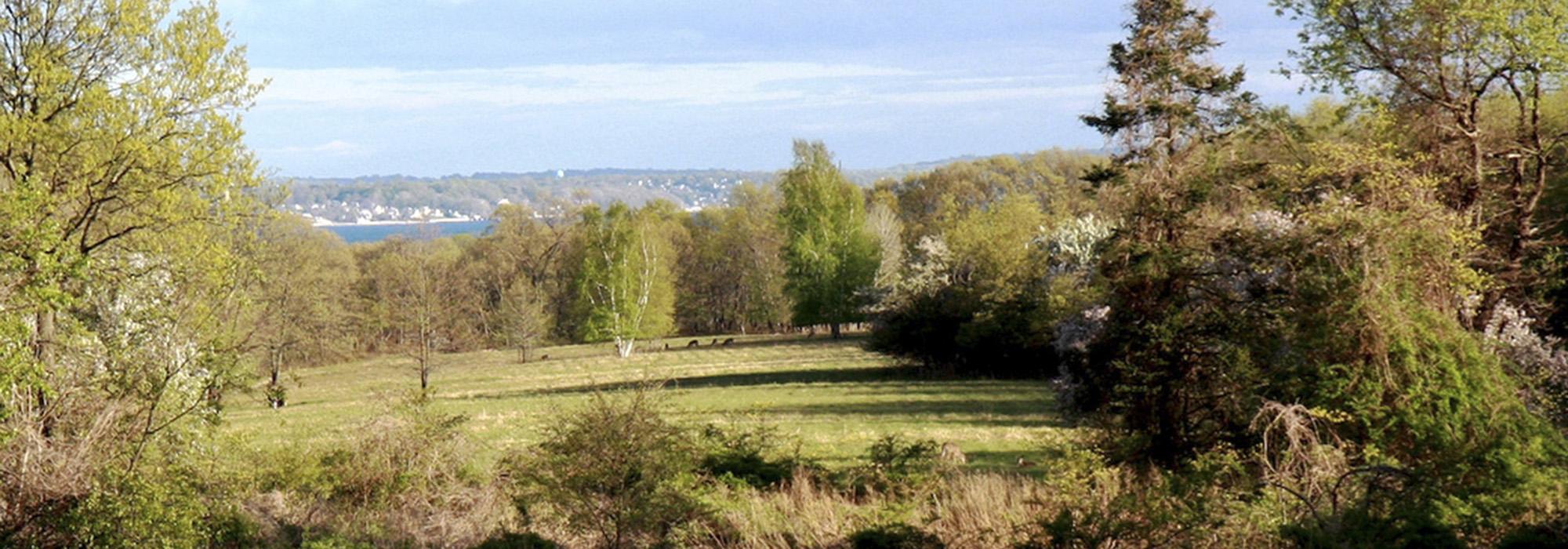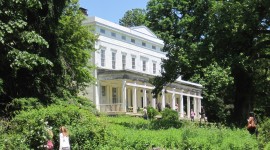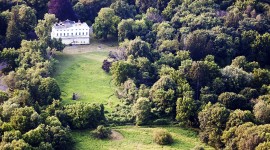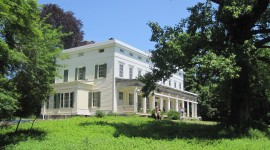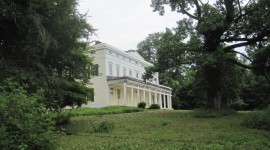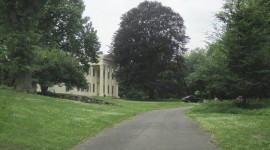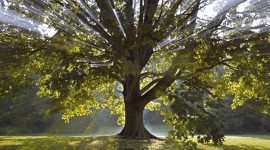Historic Jay Estate Breaks Ground on Garden Rehabilitation
This summer, stewards of the Jay Estate broke ground on a major garden project that will continue the reclamation and rehabilitation of its historic landscape. Overlooking Long Island Sound, the property was once the family seat of nation maker John Jay, who helped abolish slavery in New York State. Today the Jay Estate is a home for ideas, civil dialogue, and action about social and environmental justice and much more. Operated by the nonprofit Jay Heritage Center (JHC) for the benefit of the public, the land—particularly its stunning viewshed—gives context to the stories of its diverse inhabitants going back thousands of years.
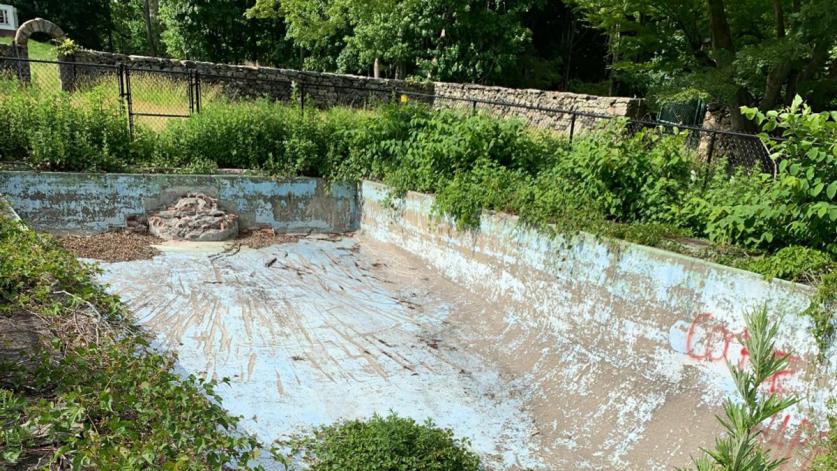
During the past decade, the Center has focused not only on its buildings but also on the surrounding grounds that had suffered from neglect and intrusions.
A key element in this program has been the rehabilitation and reimagining of the gardens, which occupy more than two acres. A $500,000 grant from the New York State Regional Economic Development Corporation (REDC) was matched with more than $800,000 by JHC in private and foundation monies. The multi-year planning process involved a successful collaboration and underscores the benefits of advocacy and dynamic public-private partnerships.
The Jay Estate is owned jointly by JHC, New York State Parks, and Westchester County Parks but for many years, there was insufficient funding and staffing to realize the property’s full potential as a public park. Following the estate’s designation as a Landslide site by The Cultural Landscape Foundation (TCLF) in 2010 and subsequent public outreach and consensus building programs facilitated by TCLF Founder and President Charles Birnbaum, including a day long symposium on June 4, 2011, JHC was awarded stewardship and management control of the entire property in 2013. JHC has been making enormous strides in revitalizing the site ever since with the help of donors, volunteers and partner organizations.
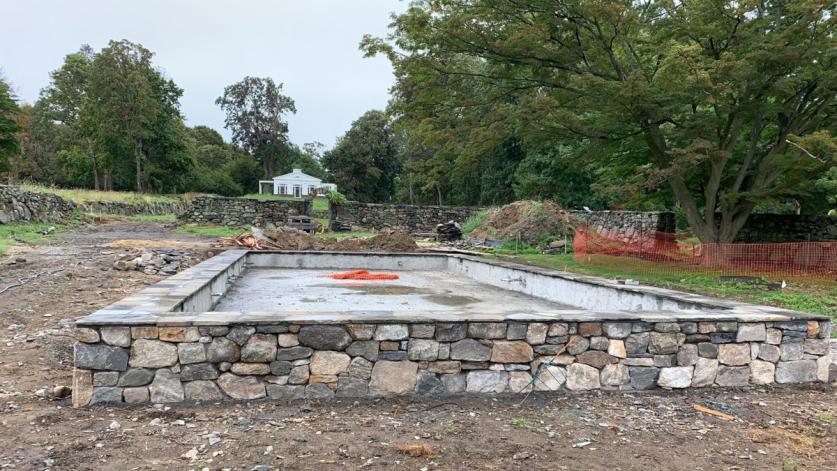
In one of its first major steps, JHC chose award-winning landscape architects Nelson Byrd Woltz (NBW) to design and oversee the garden project based on their significant experience in planning cultural landscapes. NBW’s ecologically sustainable projects resonated with JHC’s mission. Their projects include restoring the viewshed of Olana, home of the renowned nineteenth-century painter Frederic Edwin Church near Hudson, New York, and their design for a pollinator pathway and meadow at the Brooklyn Naval Cemetery that memorializes the unknown soldiers interred there.
For the Jay Estate, NBW created a plan that underscores the cultural history of this site at a time when discussions of the relationship of race and land and public access to fresh air and green space are long overdue. Preservation of critical built heritage features will illuminate the lives of the varied inhabitants, including enslaved and freed women and men of African descent known to have lived, worked, and been buried at the Jay property. Protecting the site’s natural heritage is of paramount importance, too. The plan increases biodiversity by replacing invasive species like mugwort, Japanese knotweed and porcelain berry with beneficial native shrubs and plants like red twig dogwood, arrowwood viburnum and American pillar rose to name just a few.
Based on years of consensus building with the community, NBW’s garden design is informed by a trove of period photos, drawings, and other documentation. The project has included extensive archaeological excavations. Bits of Paleo-Indian pottery, historic ash paths, animal bones, cisterns, and even the foundation and chimney of a colonial-era dwelling have been unearthed and reveal the daily footsteps of real people from the seventeenth to the twentieth centuries. The extended planning process included an award-winning 2002 Cultural Landscape Report by Patricia O’Donnell of Heritage Landscapes. That report underscored the narratives of the land and its varied uses which informed the NBW design.
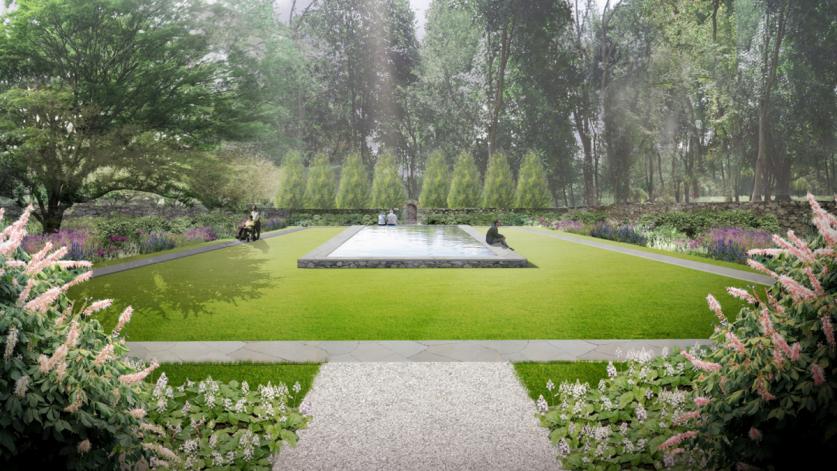
While the gardens date back to the 1700s or earlier, the revitalized space will not be a “period” recreation but rather a richly interpreted rehabilitation. Lost visual and spatial relationships will be reestablished. Three existing stone-walled rooms will contain largely native and drought-resistant species in response to climate change. The innovative schematics include a picturesque parterre; an outdoor classroom and hands-on planting area with 16 rotating vegetable beds; a reflecting pool and sensory garden; and a 100-foot-long rose arbor and pollinator pathway. “As landscape architects, we have always known the importance of public space,” said NBW principal Thomas Woltz. “And right now, the opportunity to breathe new life into an outdoor space of this historic importance feels that much more essential.”
“The refreshed gardens will provide much-needed outdoor classrooms to expand our collaborative efforts with area partners while they will also enhance our existing history and conservation curriculum,” said Suzanne Clary, president of the Board of Trustees of JHC. A recent virtual program about preserving Black history with Brent Leggs, executive director of the African American Cultural Heritage Action Fund of the National Trust for Historic Preservation, is just one example of the types of topics and speakers regularly hosted at the Jay Estate.
The new gardens are being installed by the landscape services firm Pennington Grey. They are slated to be completed by Thanksgiving 2020. Based in Brooklyn and Bedford Hills, New York, the firm—which is led by the husband-and-wife team of Penn Marchael and Laura Lee—has completed native planting projects for historic Greenwood Cemetery in Brooklyn and Grace Farms, a nonprofit nature retreat in New Canaan, Connecticut. Marchael also worked as part of the team led by Larry Weaner Landscape Associates that in 2016 planted the Jay Estate’s own native meadow. Like the gardens, the meadow has been planted with native grasses and wildflowers that attract pollinators and build carrying capacity for imperiled grassland birds and monarch butterflies.



